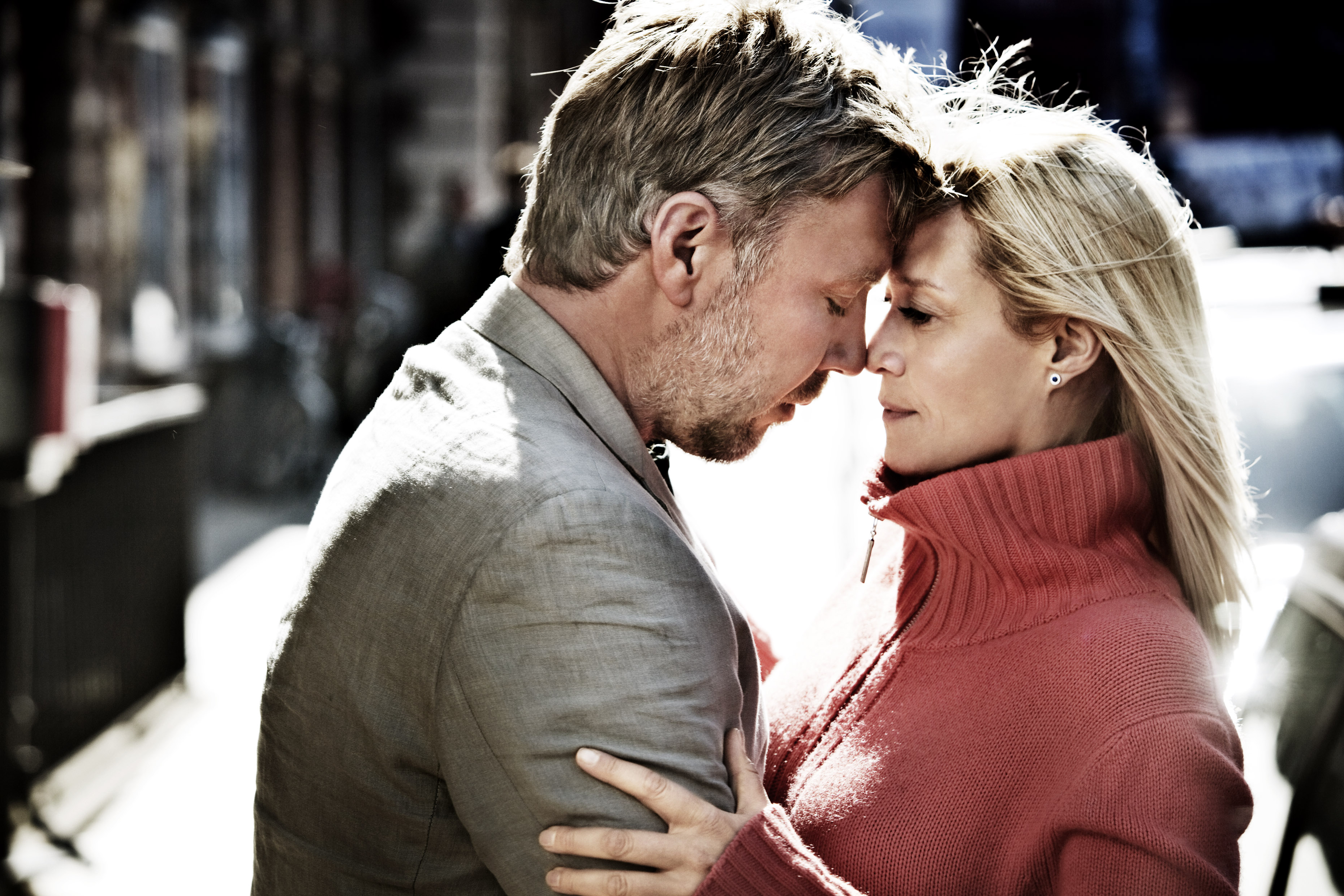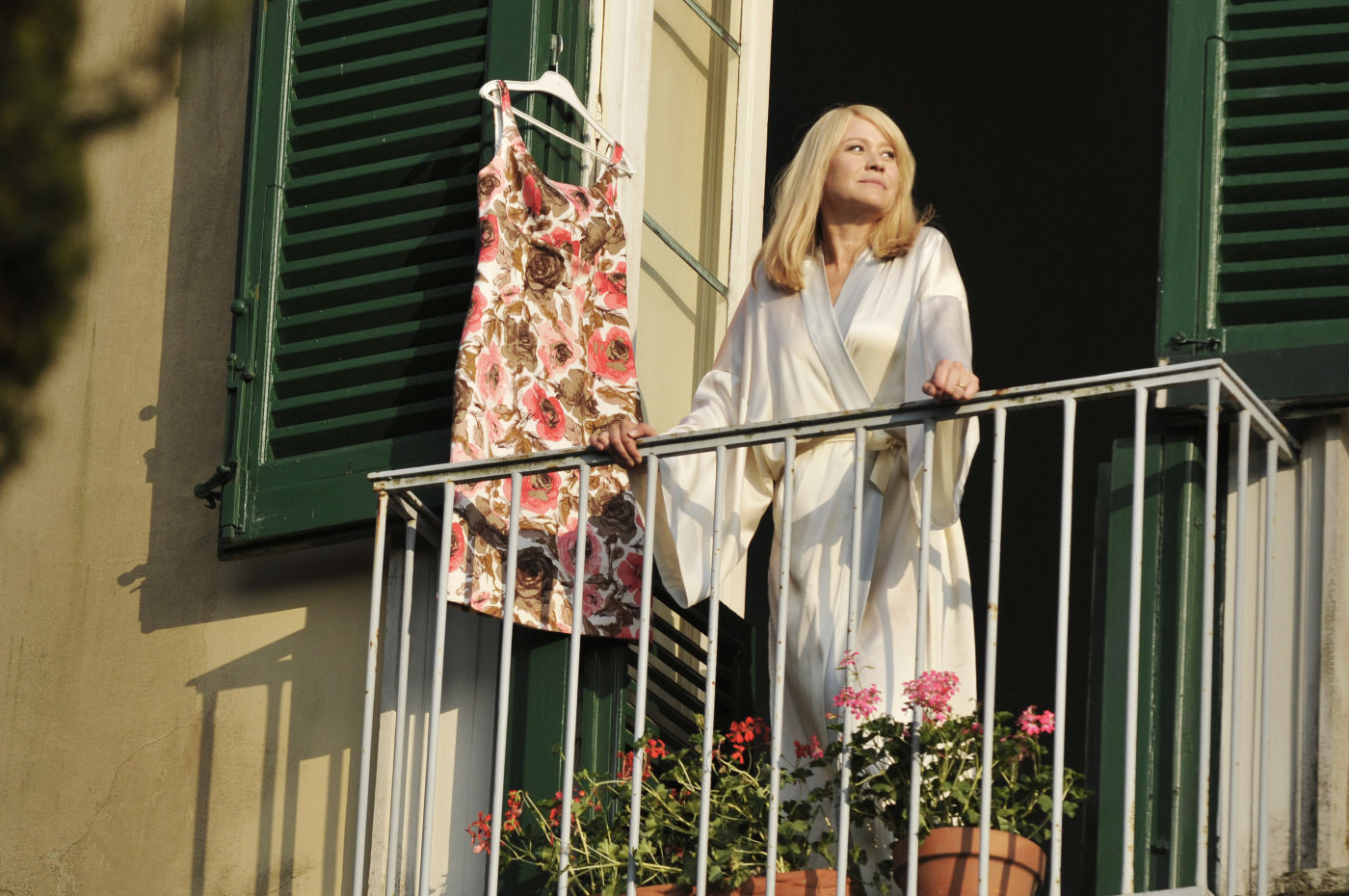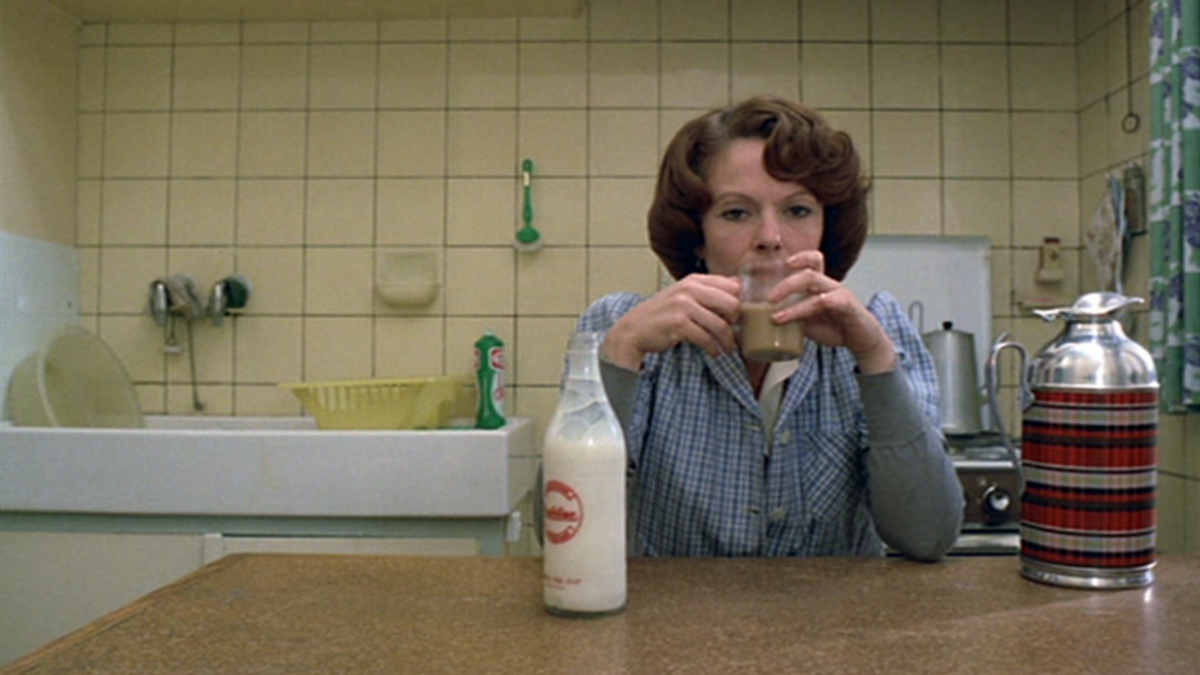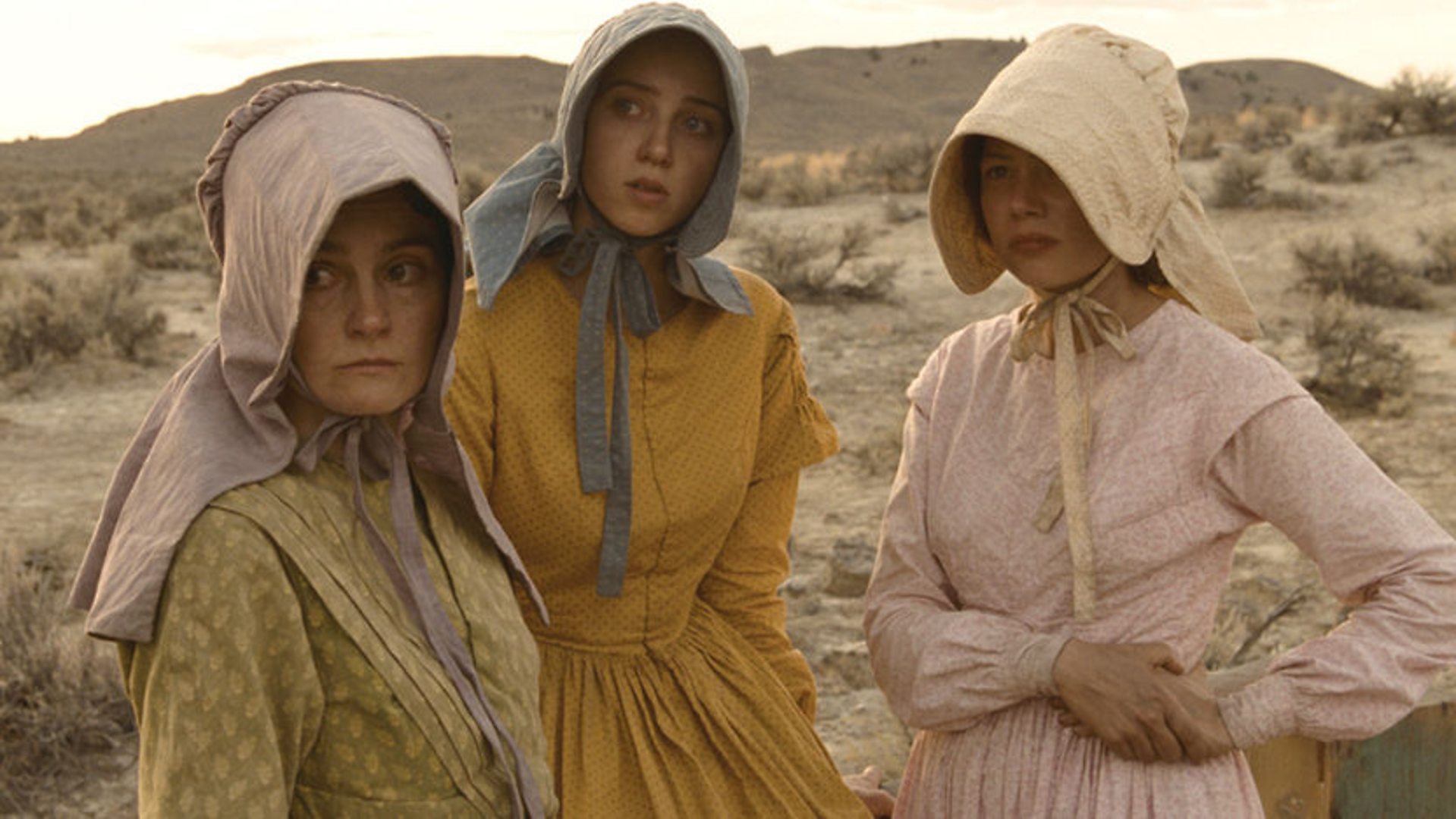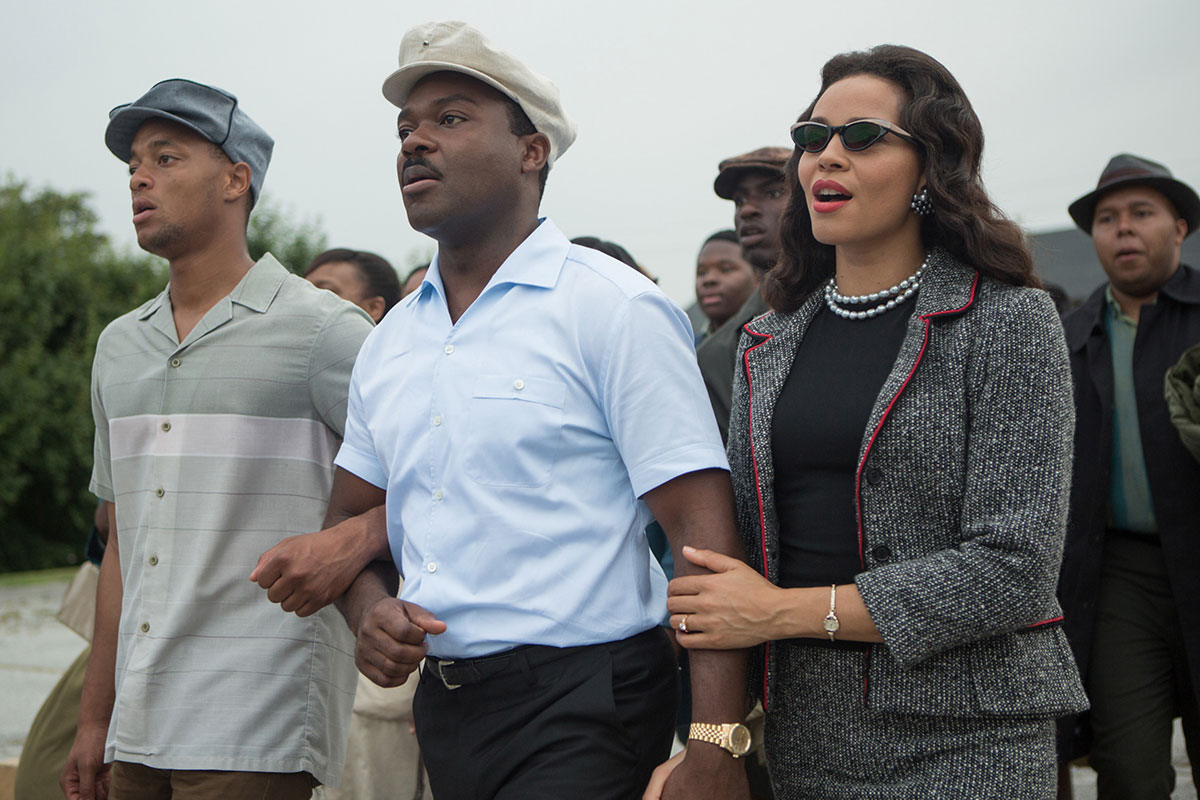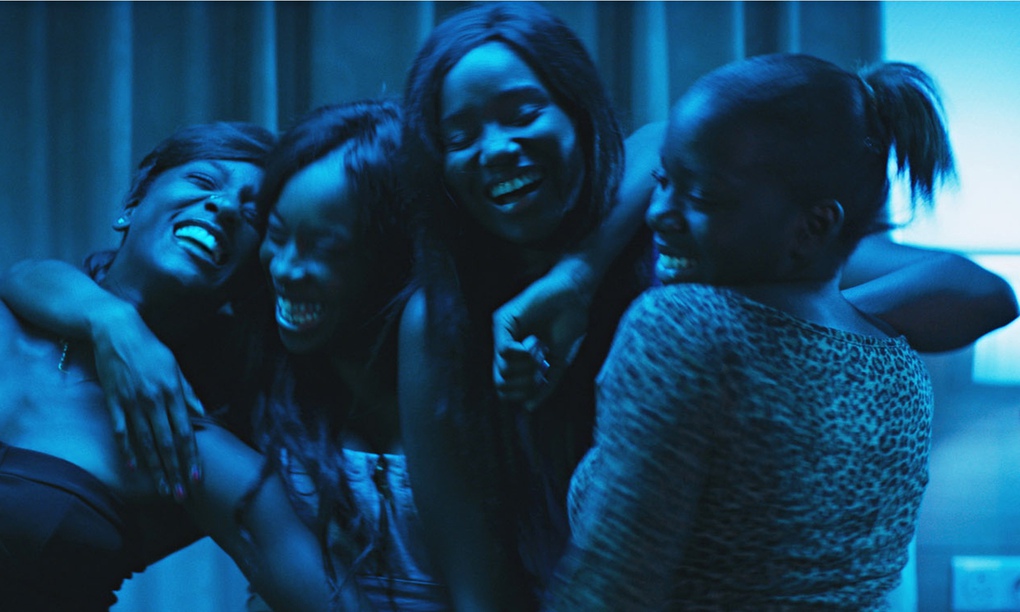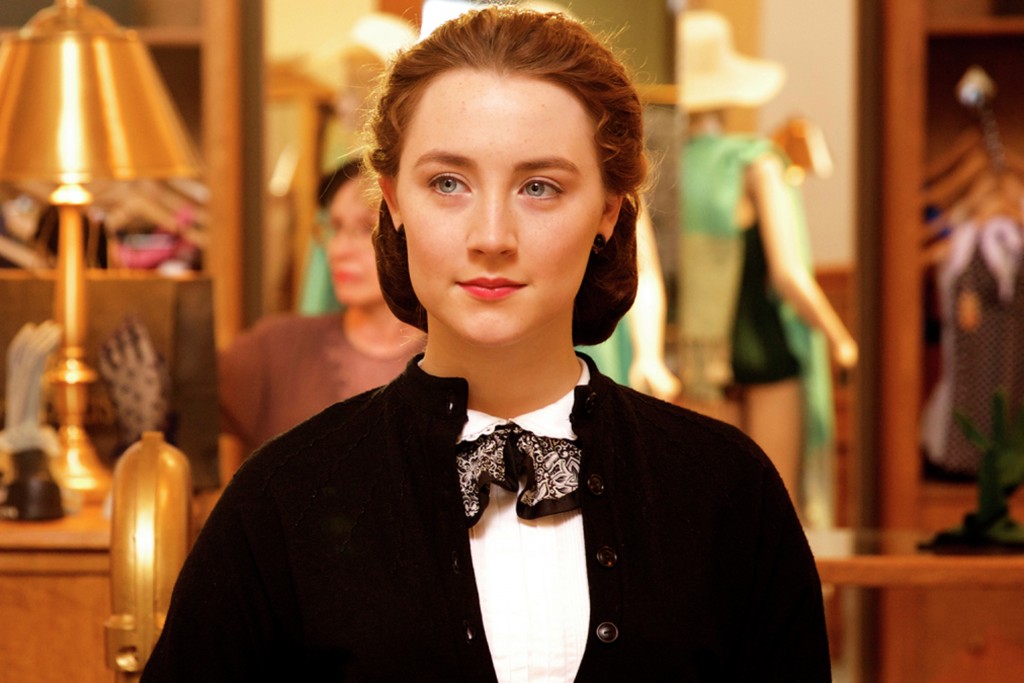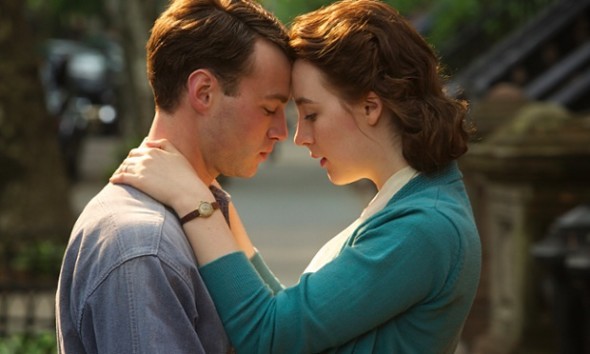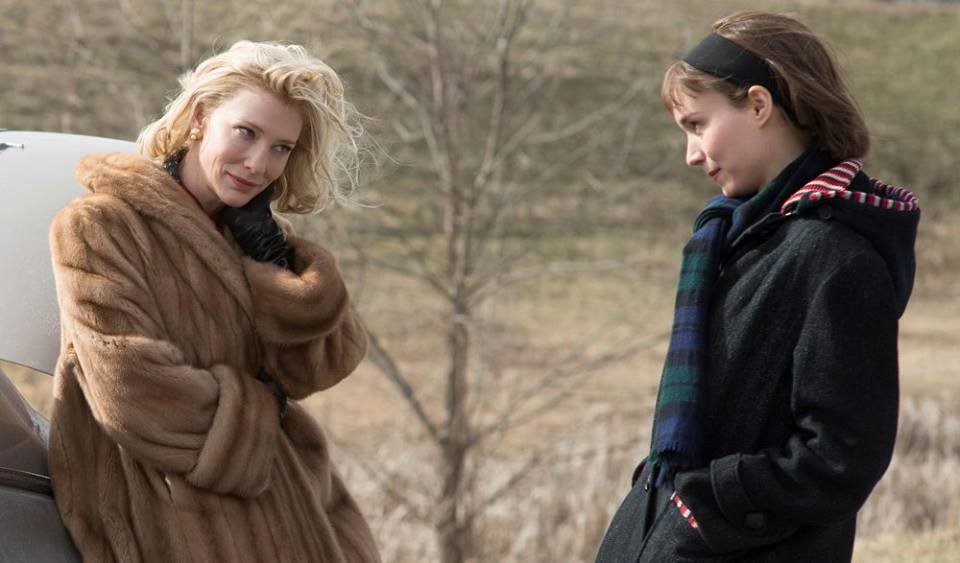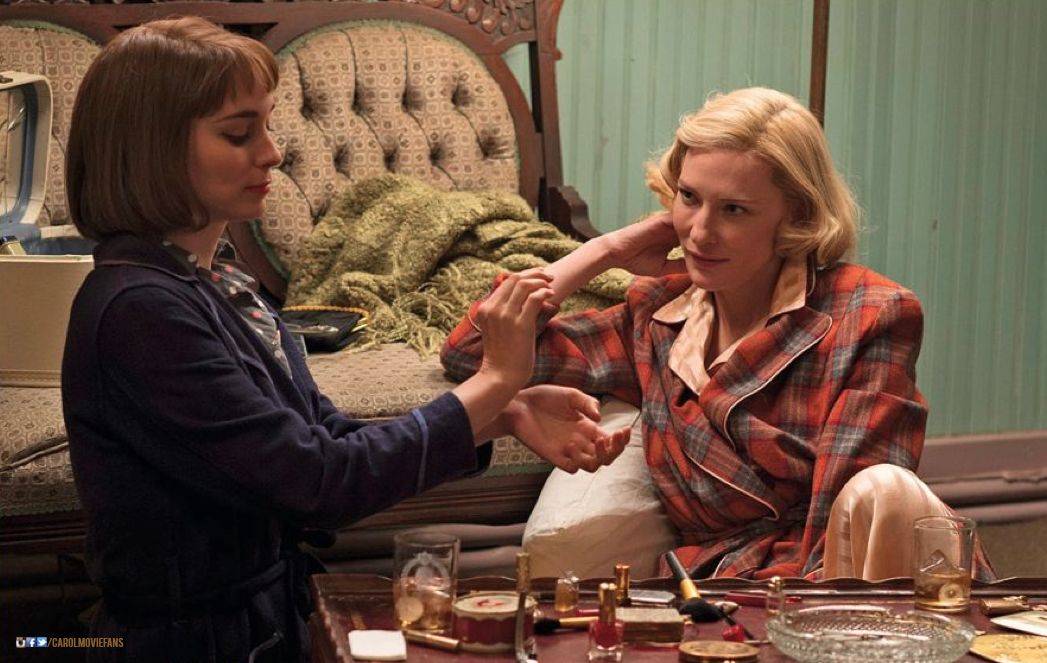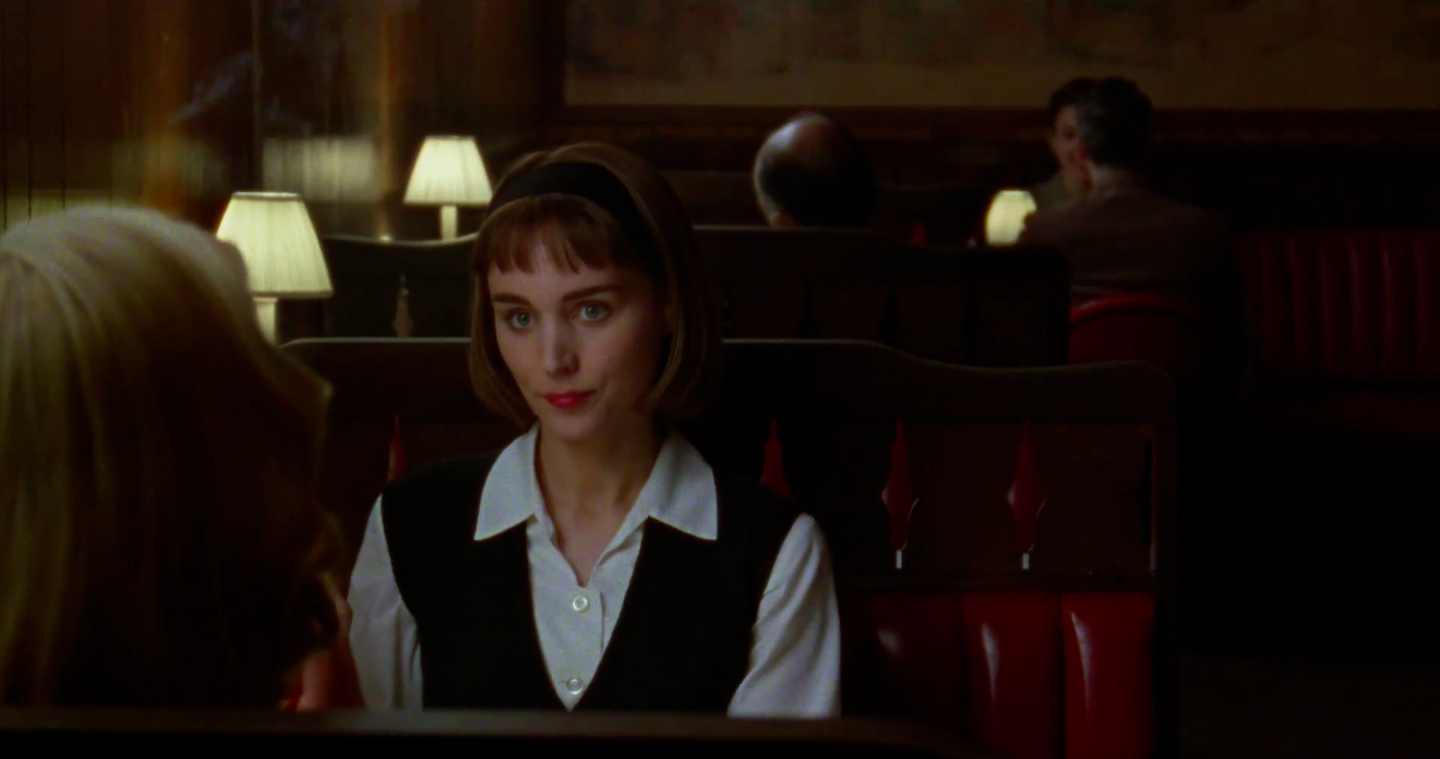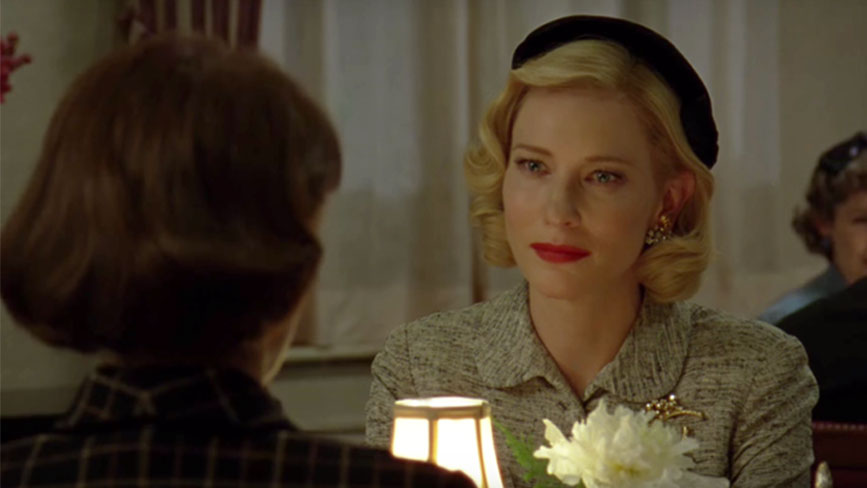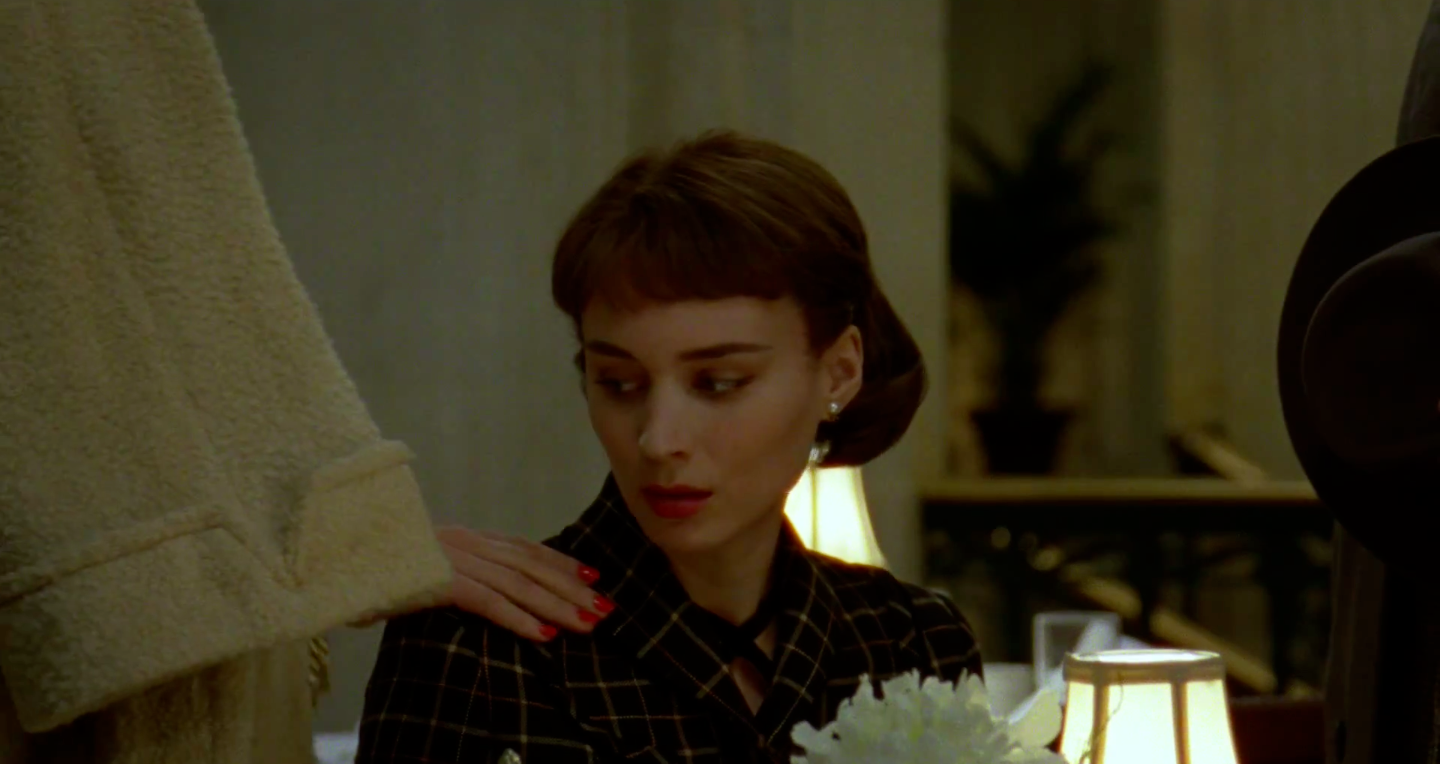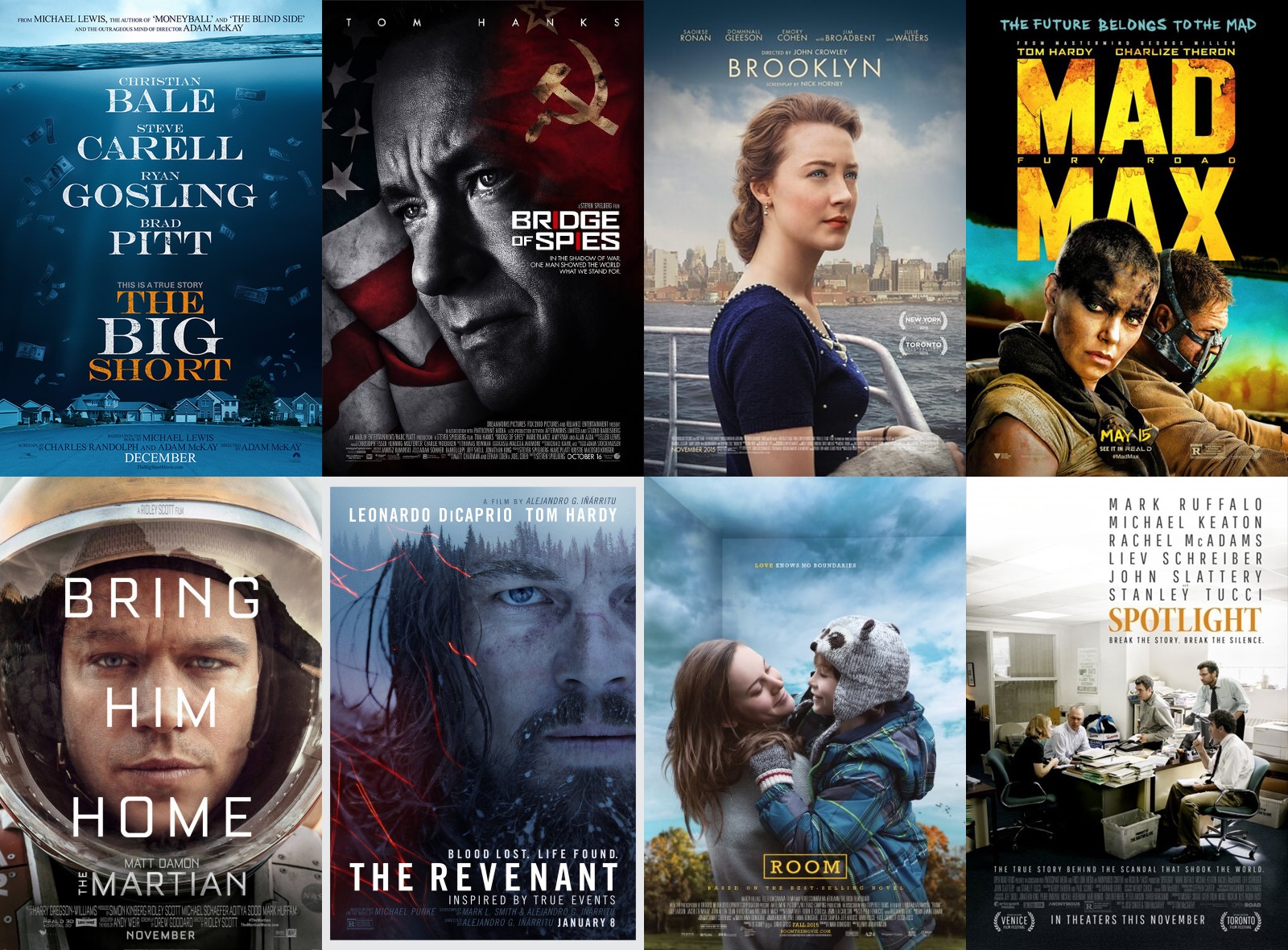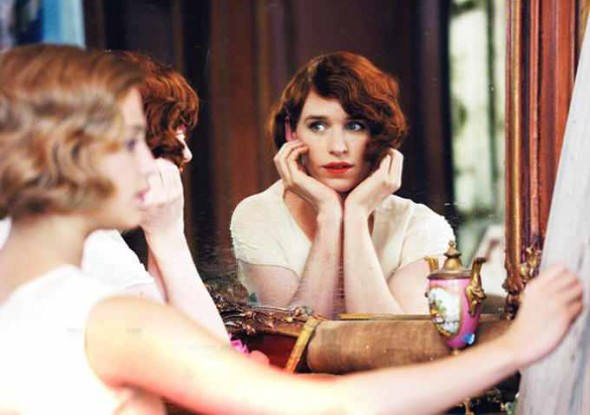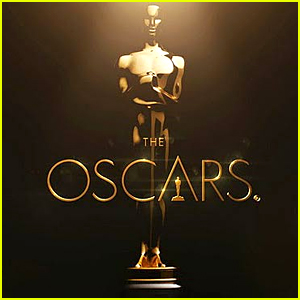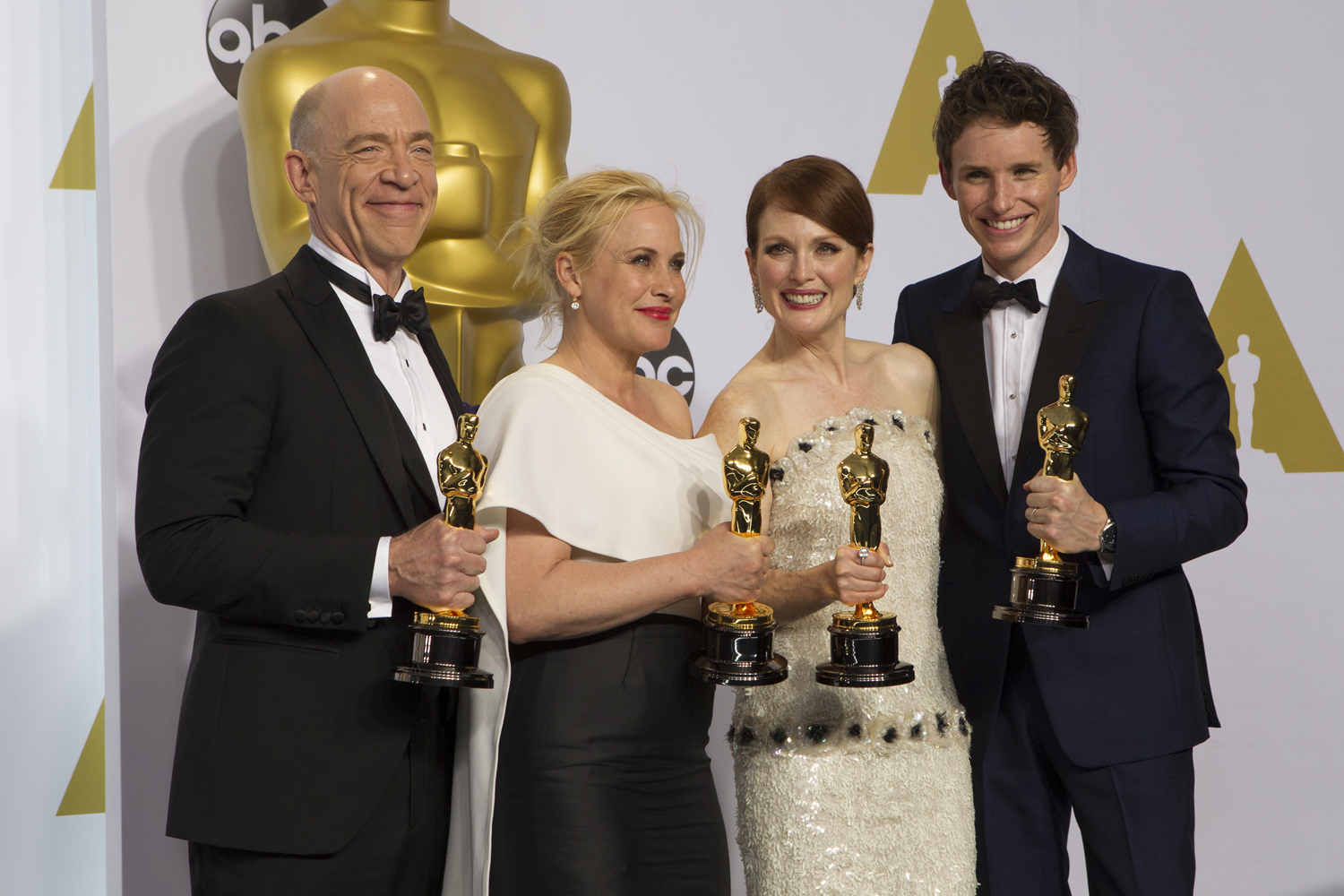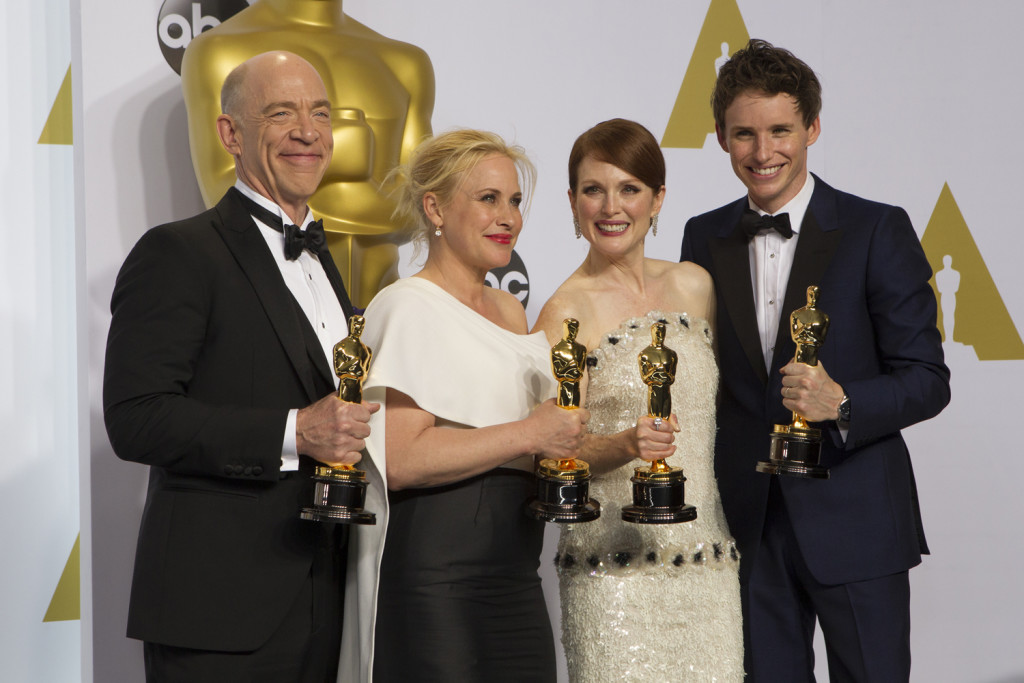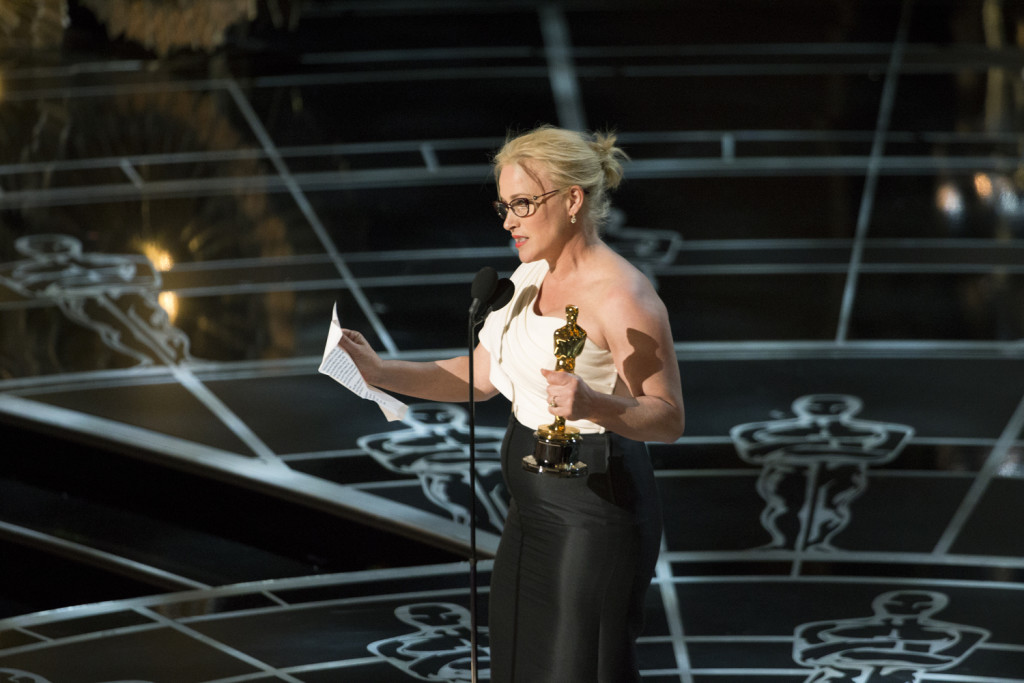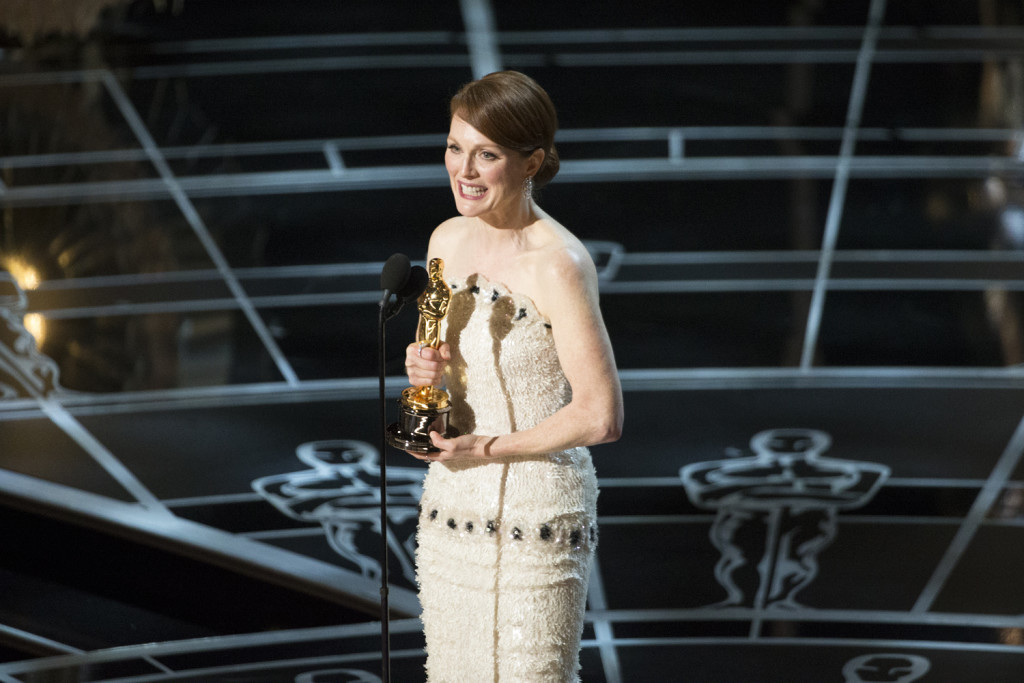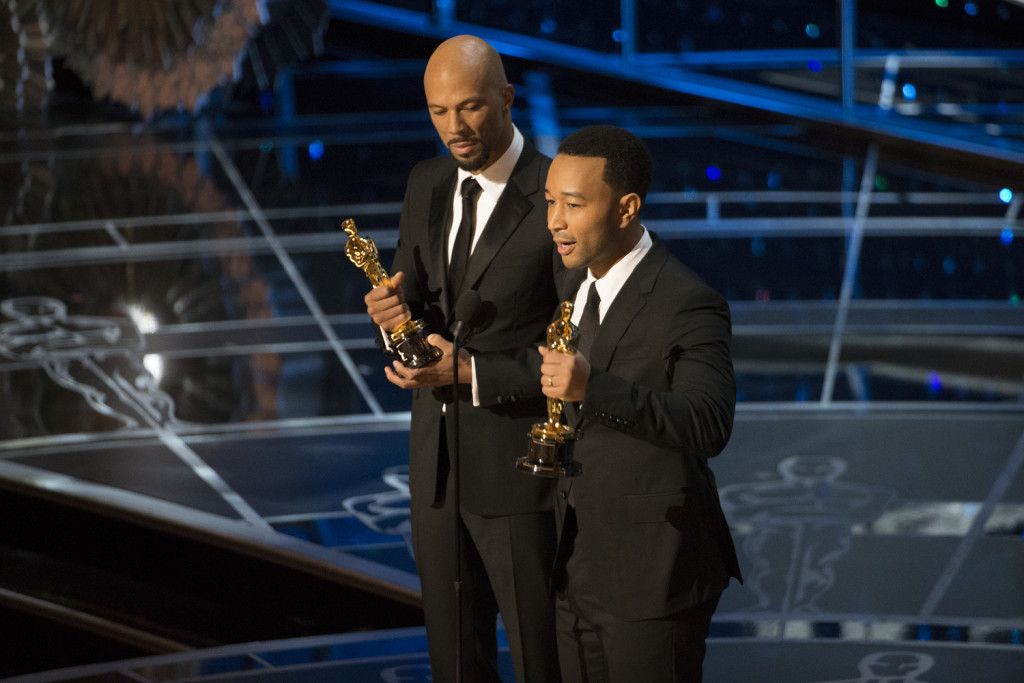This guest post written by Sonia Lupher appears as part of our theme week on Women Directors.
Susanne Bier’s camera yearns.
In her film After the Wedding, Bier’s handheld camera lingers on her main characters as shocking family secrets spill out into the open. Bier is interested in the micro-gestures that are revealed in close-ups on expressive body parts (an eye, a mouth, a hand), and her camera pulsates pensively with the tension unfolding onscreen. Rather than dominating the narrative, these shots are inserted in her films like punctuation. These intimate details bring her characters to life, revealing their interiority amid the situations unraveling around them.
In an interview with Mette Hjort, Bier speaks about the eroticism that drives her films. Even if they don’t involve sex, conflicts are fueled by an “underlying erotic drive or erotic frustration” fundamental in determining who they are and what matters to them. In films such as After the Wedding, this latent eroticism comes through in the electric energy between characters, mediated through Bier’s deliberate, but tender, ability to coax nuanced performances from her actors. Bier’s most powerful and critically acclaimed films (After the Wedding among them) are intimate, highly charged family dramas that hinge upon pivotal moments in their characters’ lives. Films such as After the Wedding, Open Hearts, Brothers, and In a Better World oscillate between tense, pensive moments of silence and uncontainable emotion expressed in explosive rage, grief, outrage, and despair.
These are just a few pieces that make up Bier’s stunning oeuvre, which includes over a dozen features in English, Swedish, and her native Danish. Bier made her directorial debut in 1991 with the semi-autobiographical comedy-drama Freud Leaving Home, which follows a young Swedish-Jewish woman’s sexual awakening while her family is thrown into turmoil when her mother is diagnosed with cancer. An impressive first work, the film anticipates themes that recur in Bier’s later films: intricate or vulnerable family dynamics threatened by sickness (particularly cancer), adultery, divorce, unsatisfactory gender roles, and extra-familial obligations. Bier followed this up with more family-driven comedy-dramas such as Family Matters and Like It Never Was Before, the latter of which follows a dissatisfied father who must reconcile relationships with his wife and children when he discovers he is gay.

Her career took off in the early 2000s with her film Open Hearts, starring Mads Mikkelsen (of James Bond films and Hannibal fame), the 28th contribution to Dogme 95, an art film movement helmed by Lars Von Trier and Thomas Vinterberg that solicited a raw, realist aesthetic from participating filmmakers. She carried several visual and narrative techniques from Open Hearts into her subsequent films, including the lingering closeness to her characters. She has also made two films in the United States: Things We Lost in the Fire and Serena – the latter starring Jennifer Lawrence and Bradley Cooper. One of her films, Brothers, was remade in the U.S. Most recently, she directed The Night Manager, a miniseries adaptation of a John Le Carré novel starring Tom Hiddleston and Hugh Laurie (it premieres in the U.S. on April 19!).
For Bier, expressing a person’s inner world is more important than plot; all of her formal techniques have some bearing on the formation of her characters. Sadness, joy, and humor often emerge simultaneously in Bier’s films, due to her talent for drawing complex performances from her actors. She boldly combines light and dark, reminding us that people and relationships are too complex to feel just one thing at a time. Her 2012 film Love Is All You Need (its Danish title is The Bald Hairdresser) is a romantic comedy about Ida, a hairdresser with breast cancer, who falls for her daughter’s father-in-law-to-be while they assemble for the wedding in Italy. Ida’s cancer, though important, doesn’t weigh down the film, and it certainly doesn’t keep her from interacting with her family or falling in love.
Bier recognizes the importance of strong emotions in making a film that speaks to various audiences; she expresses disappointment in the “intellectual timidity” that keeps filmmakers from making emotionally powerful films. Yet her films are not corny or melodramatically overwhelming. As she said in a 2011 NPR interview, “I’ve always thought that setting out a set of rules before you start, and then being completely consistent with them, is the only way to make a really good film.” The combination of discipline and drama showcases Bier’s refined instinct for when to hold back and when to let go.
Like those of recognized (usually male) “auteurs,” Bier’s films carry her signature – it is almost as though each film continues where another left off, or follows a secondary character whose storyline failed to flourish elsewhere. But, despite the fact that she is among the most prolific and critically acclaimed contemporary female directors, Bier’s name remains relatively unheralded in the public eye. Film and television scholar Belinda Smaill has suggested that this is because Bier’s films waver between commercial and art film circuits, never quite satisfying the expectations of either audience. Her film’s melodramatic tendencies put her at odds with the art film crowd, but her careful attention to visual composition keeps her films out of the strictly commercial realm. Bier herself consistently expresses her intention to reach a wide audience, rather than constrain her efforts to please one or another. Her films are also overwhelmingly about men, which may complicate her reception among celebrants of women-driven and directed films. On the other hand, films such as In A Better World explore the fragility of a masculine “ideal” within domestic spaces, which may put her films at odds with male viewers as well.
These reasons may all contribute to Bier’s relative obscurity, but even so, Bier’s career illuminates the extent to which “auteur” status is still male-dominated. Kathryn Bigelow’s case is representative of this: she was the first woman to win a Best Director and a Best Picture Oscar in 2009, but, despite her lengthy and impressive career, she is still undervalued as an artist in her own right. Two years before Bigelow won the award, Bier’s After the Wedding was nominated for the Best Foreign Language Film Oscar category. In 2011, she was nominated again and won the award for In a Better World. Bier was the third woman to win Best Foreign Language Film, following Marleen Gorris in 1995 for Antonia’s Line and Caroline Link in 2002 for Nowhere in Africa. A handful of films by women have been nominated for Best Foreign Language Film since 1959, including several by critically acclaimed directors including Lina Wertmuller, Mira Nair, Deepa Mehta, Claudia Llosa, María Luisa Bemberg, and Agnieszka Holland.
It is easy to overlook this Academy Awards category, and yet it is the most likely to recognize women for their directorial achievements. Unfortunately, the award’s announcement during the ceremony tends to ignore the director. If you watch Bier’s (too short) acceptance speech, you will notice that her win is presented as a win for Denmark, rather than for a woman director who happens to be Danish. But the fact that several films by women have been nominated for or won the Best Foreign Language Film award is a reminder that women consistently make good films around the world, even if we have to look outside Hollywood to find them. Susanne Bier is one powerful example. Her vivid, probing explorations into family dynamics and tenuous relationships are fiercely suggestive marks of a female auteur that deserves recognition.
See also at Bitch Flicks: In the Hardest of Moments, Susanne Bier Proves That ‘Love Is All You Need’
Sonia Lupher is originally from the Pacific Northwest, but moved east to pursue a doctoral degree in the Film Studies program at the University of Pittsburgh. She is fulfilling her lifelong dream of watching movies for a living, and especially loves horror movies directed by women. You can follow her on twitter @SoniaLupher.
